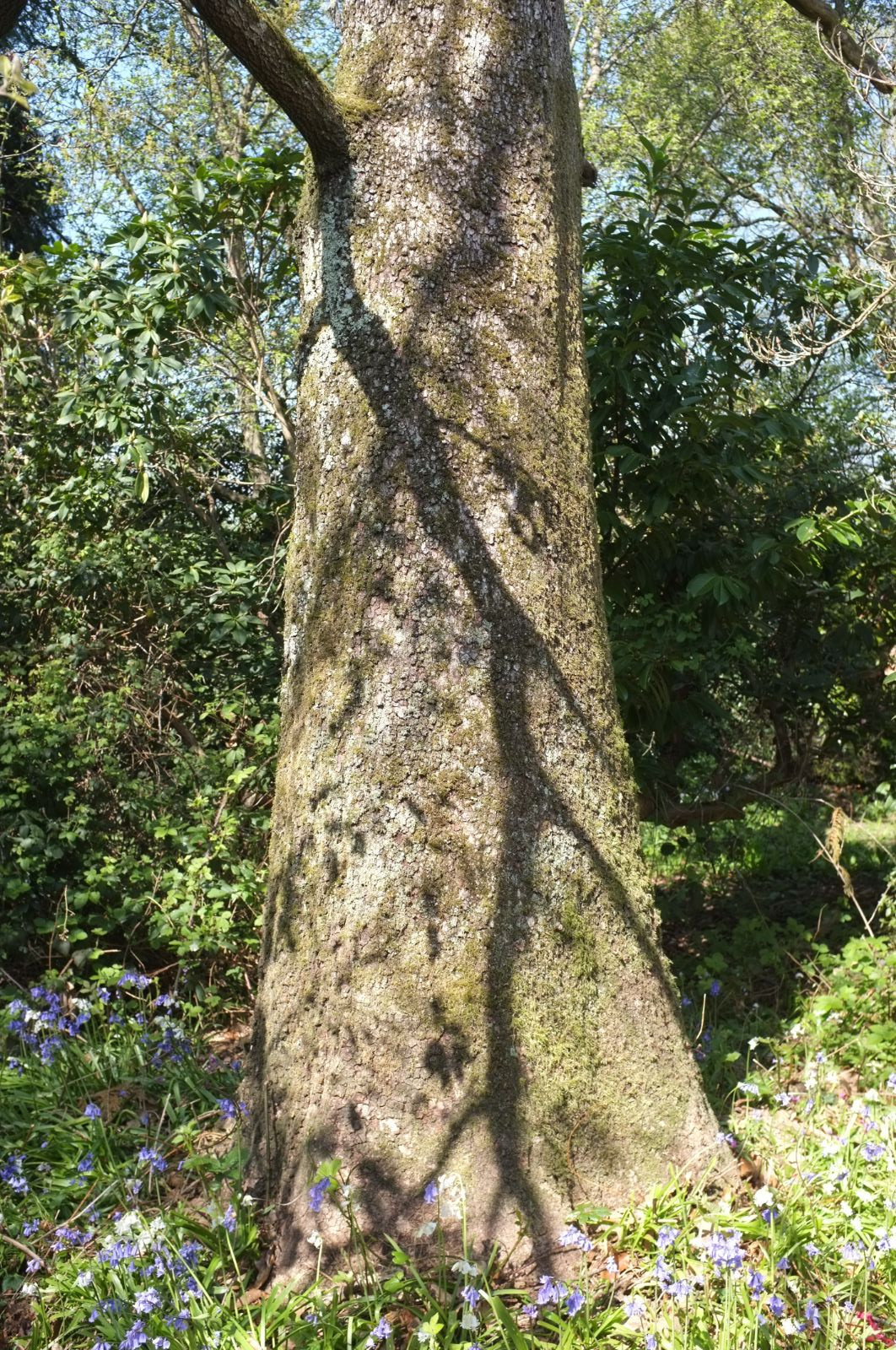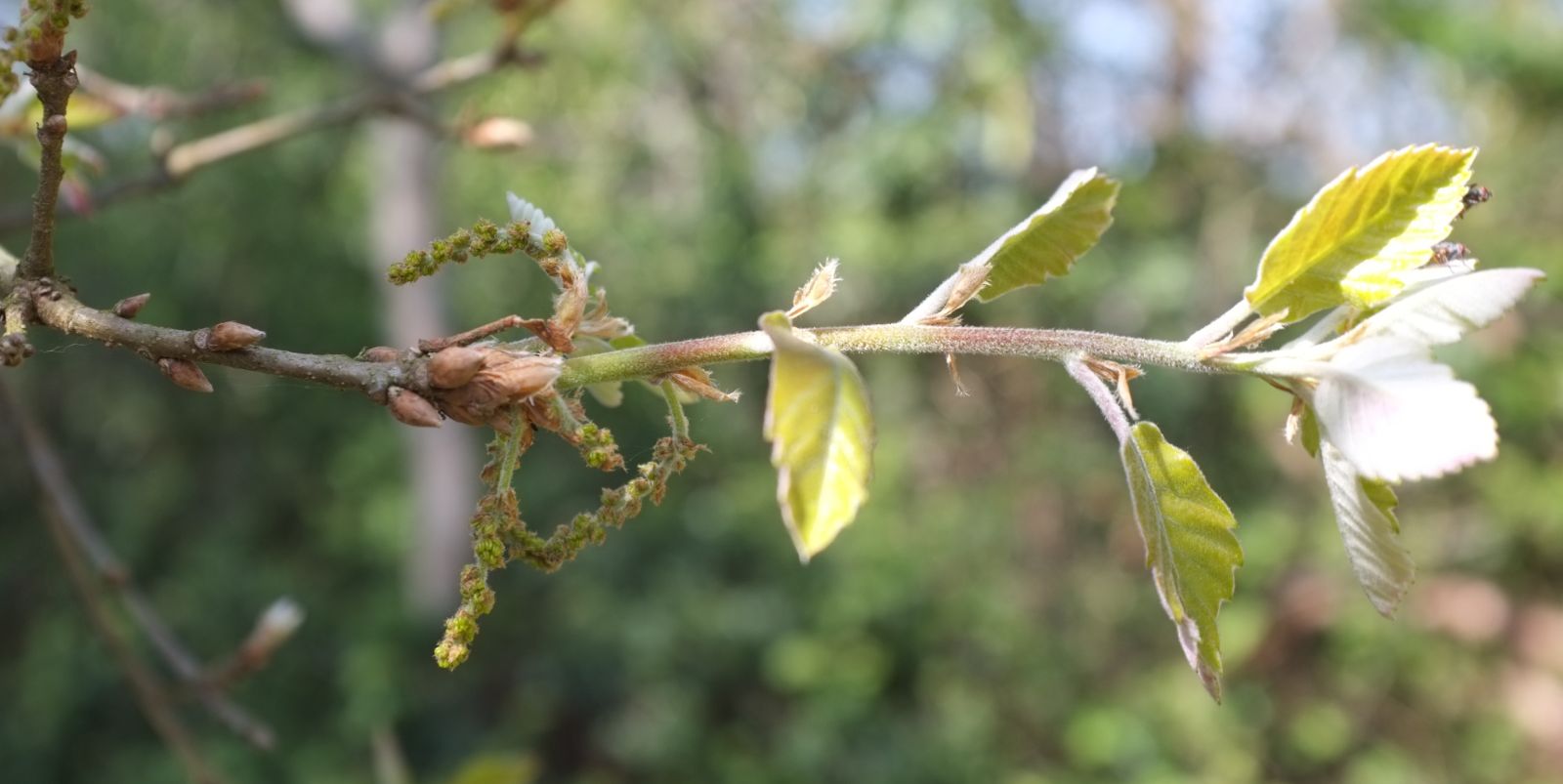Quercus faginea
Sponsor
Kindly sponsored by
The Trees and Shrubs Online Oak Consortium
Credits
Article from Bean's Trees and Shrubs Hardy in the British Isles
Recommended citation
'Quercus faginea' from the website Trees and Shrubs Online (treesandshrubsonline.
Genus
Synonyms
- Q. lusitanica Webb, not Lam.
- Q. lusitanica var. baetica Coutinho, not Webb
Infraspecifics
Other taxa in genus
- Quercus acerifolia
- Quercus acherdophylla
- Quercus acrodonta
- Quercus acuta
- Quercus acutifolia
- Quercus acutissima
- Quercus afares
- Quercus affinis
- Quercus agrifolia
- Quercus alba
- Quercus aliena
- Quercus alnifolia
- Quercus aquifolioides
- Quercus arizonica
- Quercus arkansana
- Quercus aucheri
- Quercus augustini
- Quercus austrina
- Quercus × auzendei
- Quercus baloot
- Quercus bambusifolia
- Quercus baronii
- Quercus bicolor
- Quercus brantii
- Quercus buckleyi
- Quercus canariensis
- Quercus canbyi
- Quercus candicans
- Quercus castanea
- Quercus castaneifolia
- Quercus cerris
- Quercus chenii
- Quercus chrysolepis
- Quercus coccifera
- Quercus cocciferoides
- Quercus coccinea
- Quercus conspersa
- Quercus crassifolia
- Quercus crassipes
- Quercus delavayi
- Quercus dentata
- Quercus deserticola
- Quercus dolicholepis
- Quercus douglasii
- Quercus dumosa
- Quercus durifolia
- Quercus eduardii
- Quercus ellipsoidalis
- Quercus emoryi
- Quercus engelmannii
- Quercus engleriana
- Quercus euboica
- Quercus eugeniifolia
- Quercus fabri
- Quercus falcata
- Quercus floribunda
- Quercus frainetto
- Quercus franchetii
- Quercus fruticosa
- Quercus fusiformis
- Quercus gambelii
- Quercus garryana
- Quercus geminata
- Quercus georgiana
- Quercus germana
- Quercus gilliana
- Quercus gilva
- Quercus glabrescens
- Quercus glauca
- Quercus graciliformis
- Quercus gravesii
- Quercus griffithii
- Quercus grisea
- Quercus guyavifolia
- Quercus hartwissiana
- Quercus hemisphaerica
- Quercus × hispanica
- Quercus hondae
- Quercus hypargyrea
- Quercus hypoleucoides
- Quercus ilex
- Quercus ilicifolia
- Quercus imbricaria
- Quercus incana
- Quercus infectoria
- Quercus insignis
- Quercus ithaburensis
- Quercus kelloggii
- Quercus × kewensis
- Quercus kiukiangensis
- Quercus laceyi
- Quercus laevis
- Quercus lamellosa
- Quercus lanata
- Quercus lancifolia
- Quercus laurifolia
- Quercus laurina
- Quercus × leana
- Quercus leucotrichophora
- Quercus × libanerris
- Quercus libani
- Quercus lobata
- Quercus lobbii
- Quercus lodicosa
- Quercus longinux
- Quercus longispica
- Quercus look
- Quercus × ludoviciana
- Quercus macranthera
- Quercus macrocalyx
- Quercus macrocarpa
- Quercus macrolepis
- Quercus marilandica
- Quercus mexicana
- Quercus michauxii
- Quercus mongolica
- Quercus monimotricha
- Quercus montana
- Quercus morii
- Quercus muehlenbergii
- Quercus myrsinifolia
- Quercus myrtifolia
- Quercus nigra
- Quercus × numidica
- Quercus oblongifolia
- Quercus obtusata
- Quercus oglethorpensis
- Quercus oxyodon
- Quercus pagoda
- Quercus palmeri
- Quercus palustris
- Quercus pannosa
- Quercus parvula
- Quercus petraea
- Quercus phellos
- Quercus phillyreoides
- Quercus planipocula
- Quercus poilanei
- Quercus polymorpha
- Quercus pontica
- Quercus prinoides
- Quercus pubescens
- Quercus pyrenaica
- Quercus rehderiana
- Quercus reticulata
- Quercus robur
- Quercus rotundifolia
- Quercus rubra
- Quercus rugosa
- Quercus rysophylla
- Quercus sadleriana
- Quercus salicina
- Quercus sartorii
- Quercus × schneideri
- Quercus schottkyana
- Quercus semecarpifolia
- Quercus senescens
- Quercus serrata
- Quercus sessilifolia
- Quercus setulosa
- Quercus shumardii
- Quercus sinuata
- Quercus spinosa
- Quercus stellata
- Quercus stenophylloides
- Quercus suber
- Quercus subspathulata
- Quercus tarokoensis
- Quercus tatakaensis
- Quercus texana
- Quercus tomentella
- Quercus trojana
- Quercus tungmaiensis
- Quercus turbinella
- Quercus × turneri
- Quercus undulata
- Quercus utahensis
- Quercus utilis
- Quercus uxoris
- Quercus variabilis
- Quercus velutina
- Quercus virginiana
- Quercus vulcanica
- Quercus warburgii
- Quercus wislizenii
- Quercus xalapensis
A tree up to 70 ft high, with a thick brownish or greyish bark divided into more or less rectangular blocks, or occasionally a shrub; winter-buds ovoid, more or less downy; young stems covered at first with greyish or whitish hairs. Leaves rather leathery, usually persisting on the tree through the winter, variable in shape, oblong or elliptic, sometimes ovate-elliptic or oblong-obovate, mostly 1 to 3 in. long, 1⁄2 to 13⁄4 in. wide, but sometimes larger, obtuse to rounded at the apex, cordate, rounded or truncate at the base, the upper surface sparsely stellate-hairy at first, becoming glabrous and grey-green, undersurface more or less densely grey-felted beneath, sometimes almost glabrous when mature, margins fairly regularly set with acute, mucronate teeth; lateral veins usually four to twelve in number, more or less parallel and mostly running out to the teeth; leaf-stalk about 3⁄8 in. long, tomentose. Fruits ripening the first year, borne singly or in pairs on a peduncle about 1⁄2 in. long; cup hemispherical or urn-shaped, with appressed tomentose scales; acorn oblong-ovoid, about one-third to one-fifth enclosed in the cup, about 1 in. long.
A native of Spain and Portugal, and possibly also of N. Africa (see below); introduced in 1835. It is an exceedingly variable species in the size, shape, and toothing of the leaves. The above description includes the subsp. broteri (Coutinho) Camus, with leaves permanently felted beneath, as well as the more glabrous typical subspecies. Q. faginea is closely allied to Q. canariensis, which is included in it by some botanists. But in Q. canariensis the young leaves and stems are covered with a brownish flock, traces of which remain throughout the growing season, and are never felted, and the teeth are more like lobes and obtuse to rounded.
The following specimens of Q. faginea have been recorded: Kew, in Oak collection, pl. 1931, 46 × 3 ft (1972) and another of 49 × 51⁄4 ft (1972); Osborne House, Isle of Wight, pl. 1847, 49 × 51⁄4 ft (1972); Edinburgh Botanic Garden, pl. 1919, 49 × 43⁄4 ft (1967) and another of 47 × 43⁄4 ft (197o).
From the Supplement (Vol. V)
specimens: Kew, in Oak Collection, pl. 1931, 49 × 31⁄2 ft (1978); Osborne House, Isle of Wight, pl. 1847, 51 × 5 ft (1972); Tortworth, Glos., 66 × 63⁄4 ft (1973); Broad Hinton, Wilts., 1906 seed, 52 × 53⁄4 ft (1979); Oare House, Wilts., 52 × 21⁄2 ft (1984); Edinburgh Botanic Garden, pl. 1919, 56 × 61⁄4 ft (1985).
Q. tlemcenensis (A. DC.) H. del Villar
Synonyms
Q. faginea var. tlemcenensis (A. DC.) Maire
Q. faginea subsp. tlemcenensis (A. DC.) Maire & Weiller
Q. pseudosuber var. tlemcenensis A. DC.
Q. pseudosuber Desf., not Santi
In N. Africa oaks are found which are intermediate between Q. faginea and Q. canariensis, and for this reason some botanists have united the two species, distinct though they are in their typical states. These intermediates are probably the result of past hybridisation and are best treated as a distinct species. The alternative, if Q. faginea and Q. canariensis are kept separate, is to treat these intermediates as varieties of one or the other species.A fine example of Q. tlemcenensis grows in the garden of Capt. Collingwood Ingram at Benenden, Kent, raised from seed collected by him in Morocco. It is a handsome, vigorous tree with leaves up to 4{3/4} in. long and almost 2 in. wide, elliptic or elliptic-oblong, still in mid-August coated beneath with a film of white hairs and edged with blunt, shallow, lobe-like teeth; veins in seven to eight pairs, all running out to teeth.


